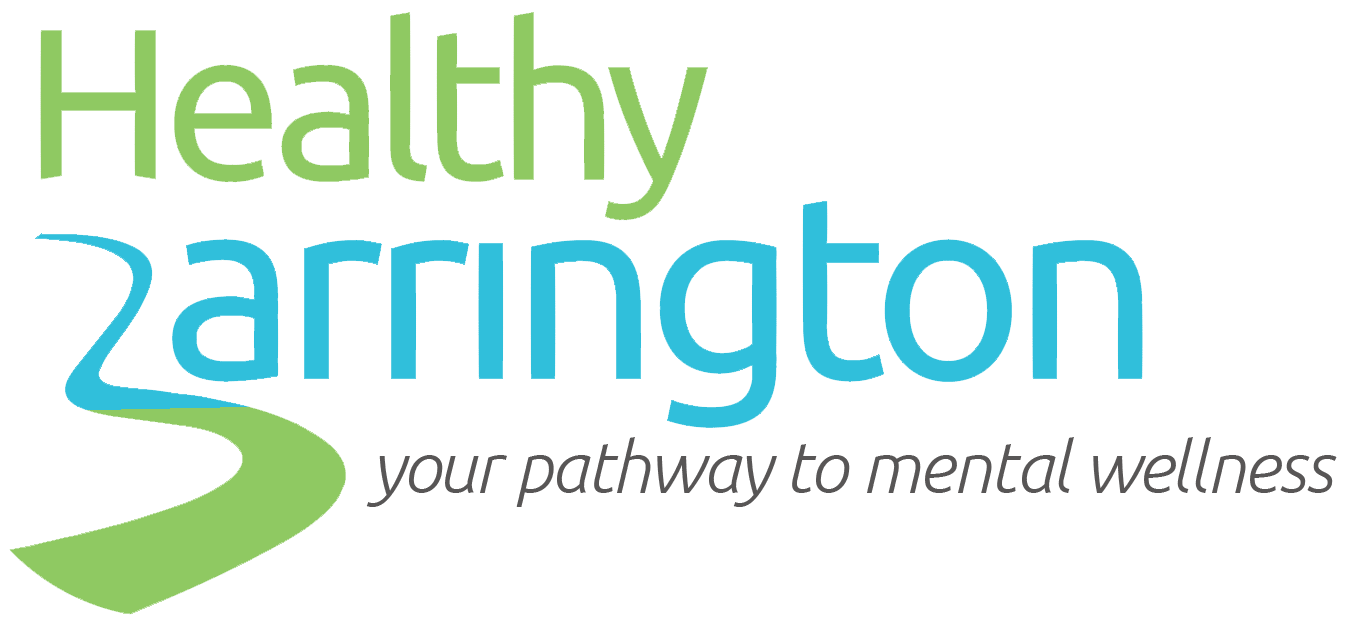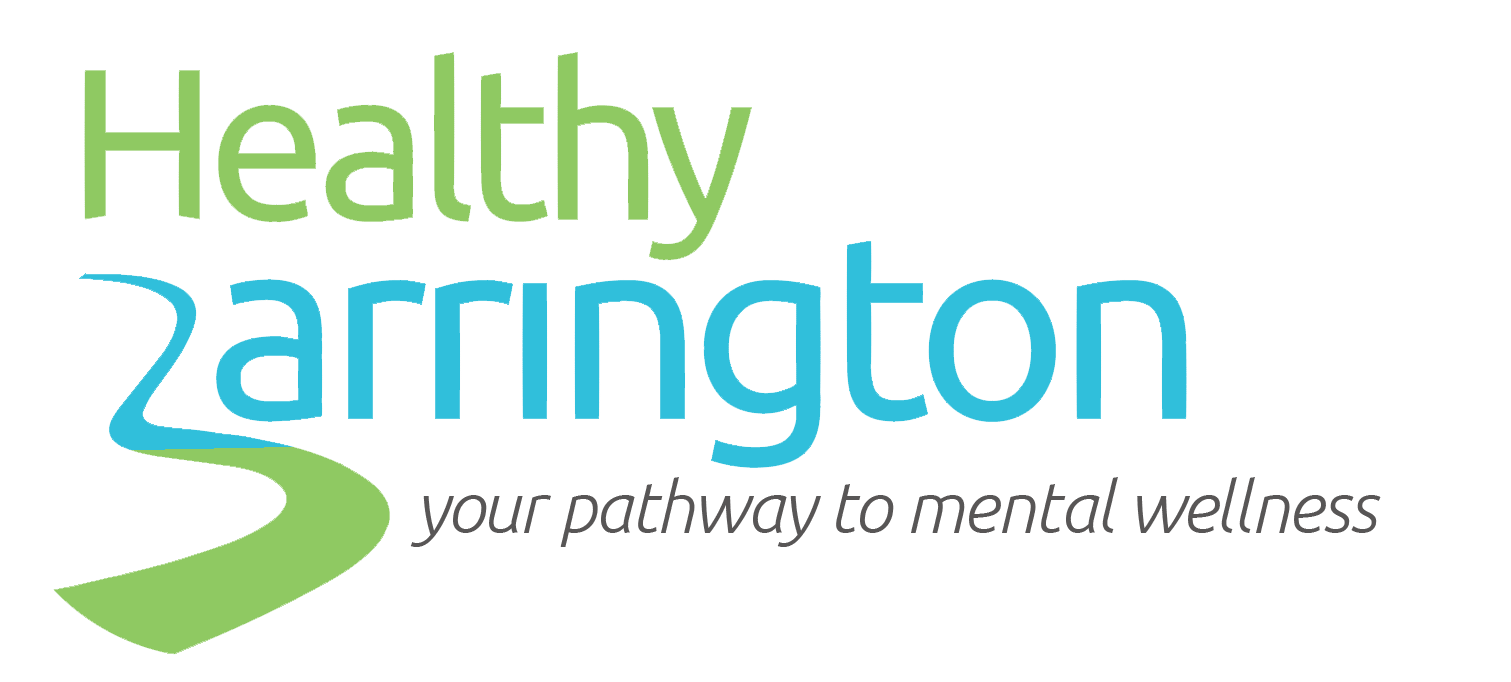Source: NAMI
People often keep their habit a secret, but the urge to self-harm isn’t uncommon, especially in adolescents and young adults. Many overcome it with treatment.
Whether a person has recently started hurting his or herself or has been doing it for a while, there is an opportunity to improve health and reduce behaviors. Talking to a doctor or a trusted friend or family member is the first step toward understanding your behavior and finding relief.
Self-harm or self-injury means hurting yourself on purpose. One common method is cutting yourself with a knife. But any time someone deliberately hurts herself is classified as self-harm. Some people feel an impulse to burn themselves, pull out hair or pick at wounds to prevent healing. Extreme injuries can result in broken bones.
Hurting yourself—or thinking about hurting yourself—is a sign of emotional distress. These uncomfortable emotions may grow more intense if a person continues to use self-harm as a coping mechanism. Learning other ways to tolerate the mental pain will make you stronger in the long term.
Self-harm also causes feelings of shame. The scars caused by frequent cutting or burning can be permanent. Drinking alcohol or doing drugs while hurting yourself increases the risk of a more severe injury than intended. And it takes time and energy away from other things you value. Skipping classes to change bandages or avoiding social occasions to prevent people from seeing your scars is a sign that your habit is negatively affecting work and relationships.





